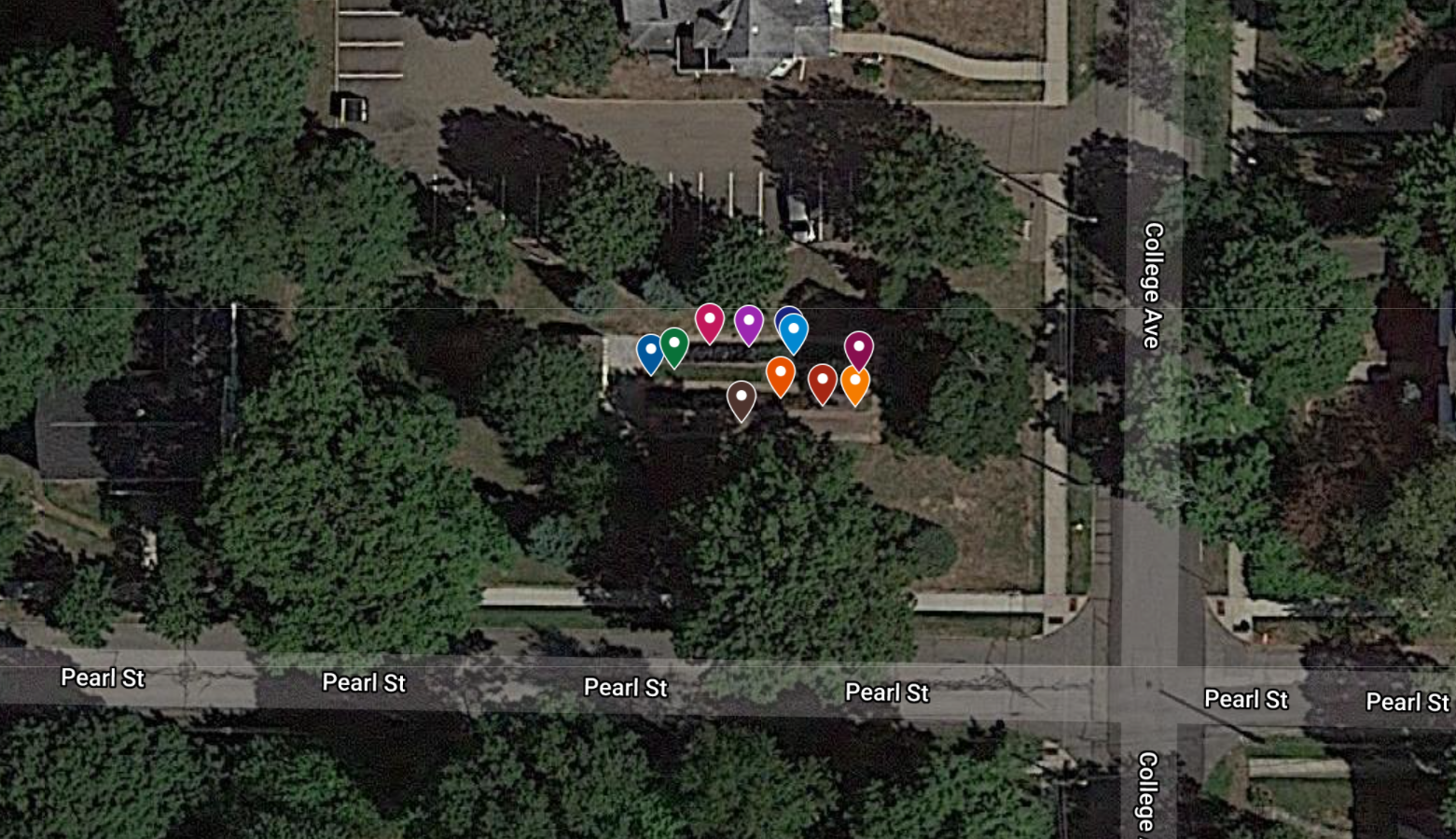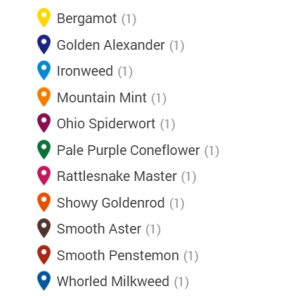The Jennifer Ison Honorary Pollinator Garden, located at the corner of College Ave. and Pearl St., is a repository of native, pollinator-friendly flowering plants maintained by the College of Wooster. Below you can find a map of the plants growing in the garden (see the link below for an interactive version), as well as images and a series of haiku about each species.
For an interactive version of the haiku map click the link below:
Golden Alexander (Zizia aurea)
Cousin to carrot,
your starry blossoms play host
to black swallowtails.
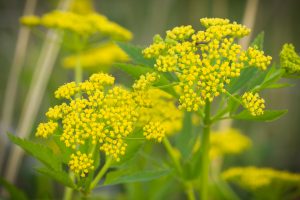
Credit: Justin Meissen (via Wikimedia)
Pale Purple Coneflower (Echinacea pallida)
Even through long droughts,
skipper butterflies find food
in your bristly head.
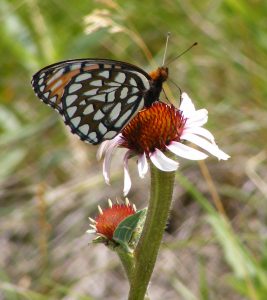
Credit: Laura Hubers (via Wikimedia)
Smooth Penstemon (Penstemon digitalis)
Like hanging pitchers,
your blooms pour sweet nectar for
butterflies and bees.
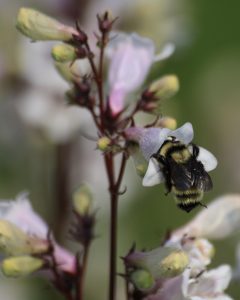
Credit: Sage Ross (via Wikimedia)
Ironweed (Vernonia fasciculata)
In the late summer,
you Vernonia welcome
bees and butterflies.
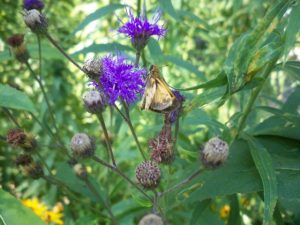
Credit: Emily K. (via Wikimedia)
Rattlesnake Master (Eryngium yuccifolium)
Home to borer moths,
your white-roofed inn is a boon
to diversity.
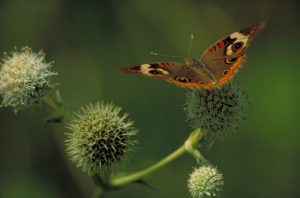
Credit: Dr. Thomas G. Barnes (via Wikimedia)
Bergamot (Monarda fistulosa)
Hawkmoths, hummingbirds,
and bumblebees sip their fill
from your winged clusters.
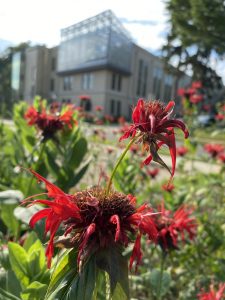
Credit: Emily Greenland
Showy Goldenrod (Solidago speciosa)
Beetles munch pollen
while kind solitary wasps
pollinate your fields.
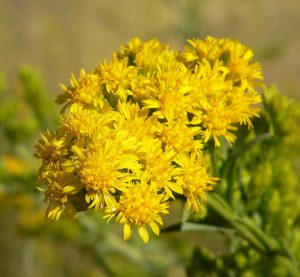
Credit: Stan Shebs (via Wikimedia)
Mountain Mint (Pycnanthemum spp.)
Fragrant foliage,
blue and copper butterflies
flutter through your leaves.
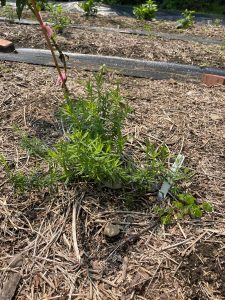
Credit: Ashley Arons
Smooth Aster (Symphyotrichum laeve)
Host to many moths,
your ray petals soldier on
and glint coldly still.
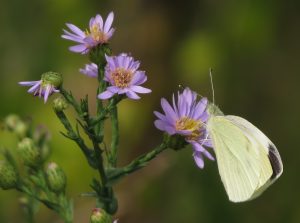
Credit: Adam Kranz (via Wikimedia)
Whorled Milkweed (Asclepias verticillata)
Breeding through your roots,
you safeguard generations
of constellations.
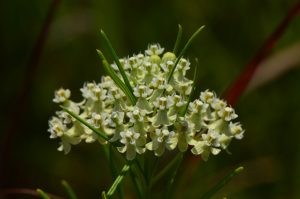
Credit: Joshua Mayer (via Wikimedia)
Ohio Spiderwort (Tradescantia ohiensis)
Settler of scorched earth,
your broad, purple petals draw
bumblebees and flies.
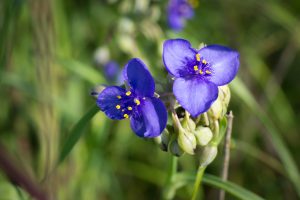
Credit: Andrew Cannizzaro (via Wikimedia)
Mike Paskus, Z Martin, and Alex Phillips made this webpage to increase plant appreciation as part of Wooster’s Field Botany course in Fall 2021.
